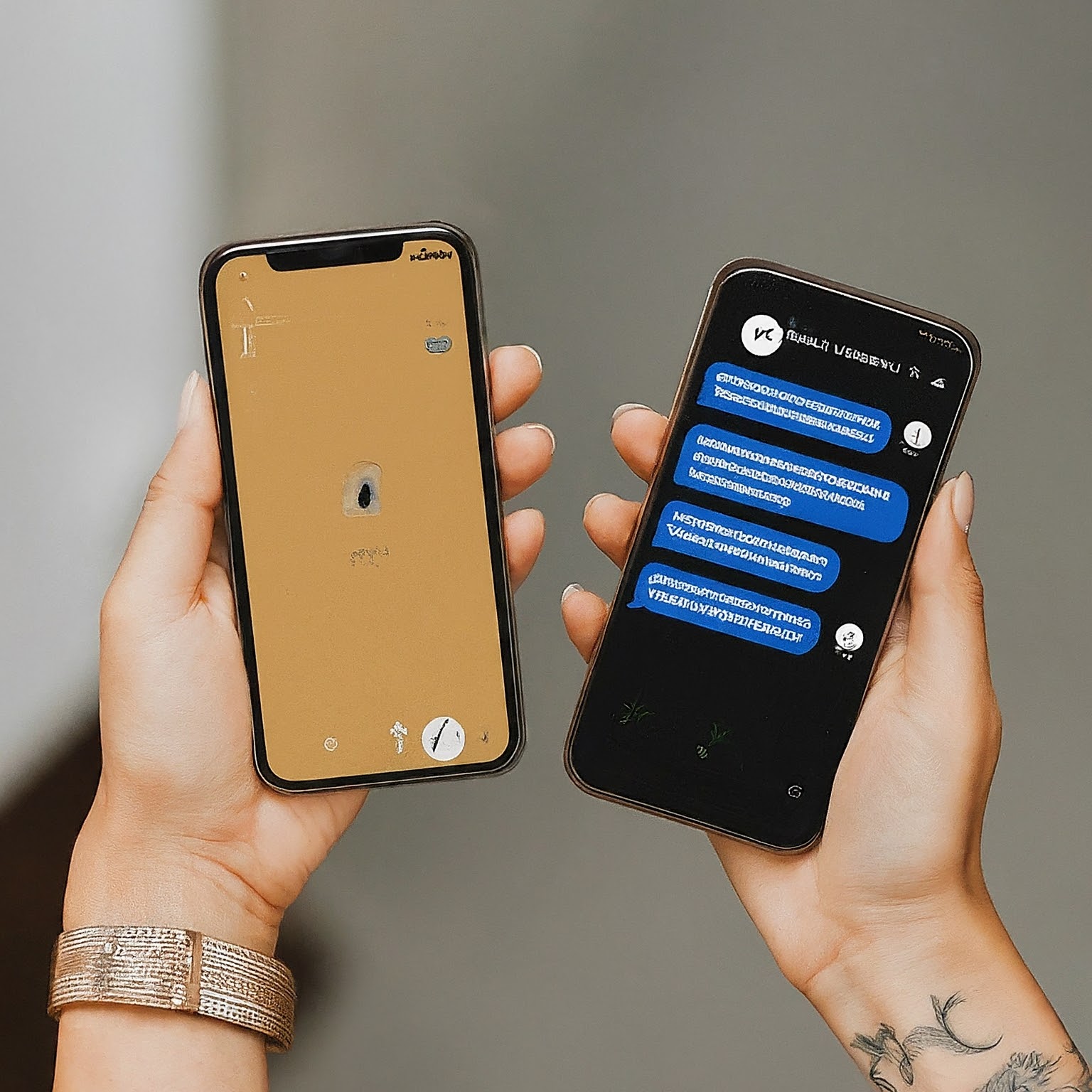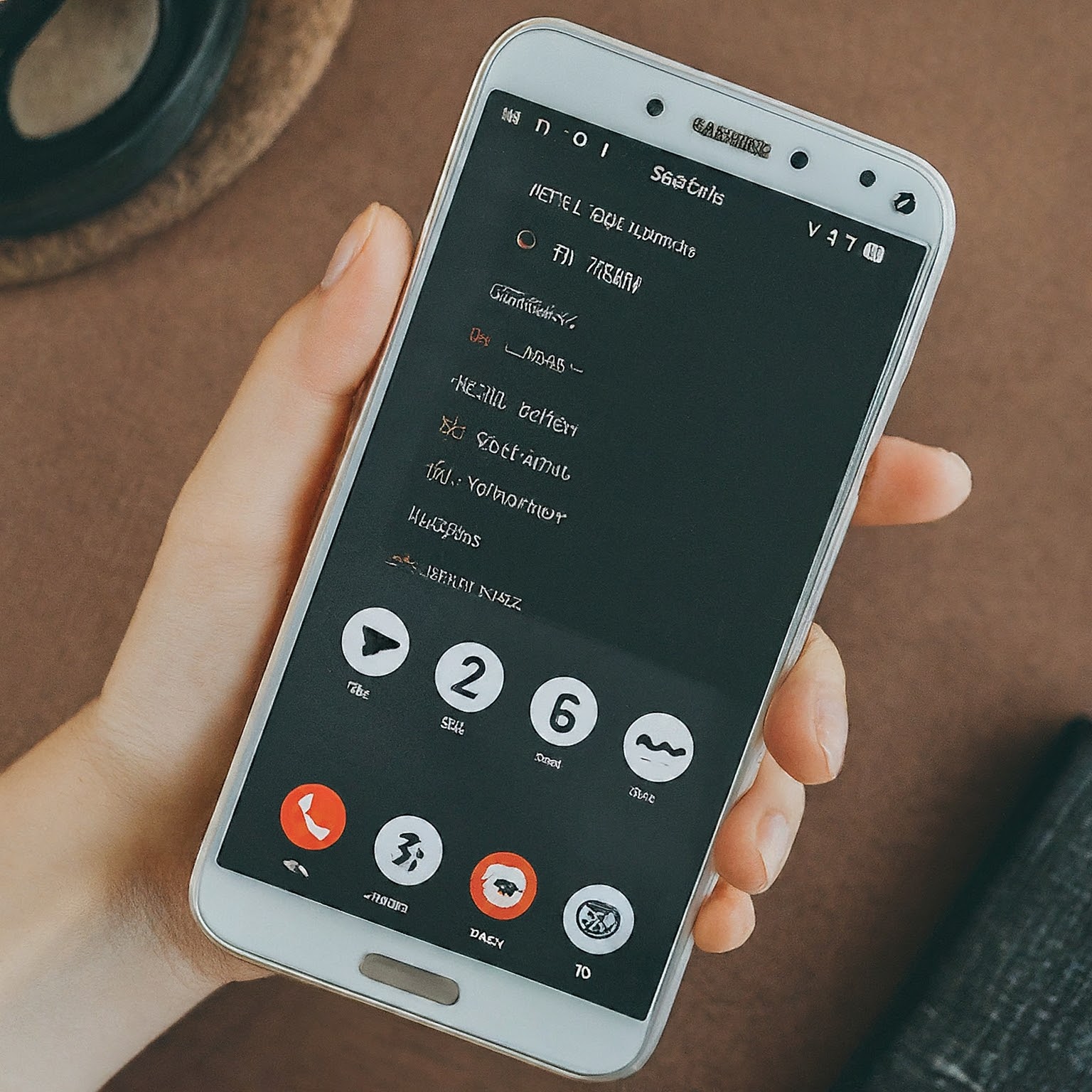In today’s fast-paced world, juggling multiple phone numbers for personal and professional use can be a hassle. Fortunately, advancements in mobile technology have introduced a convenient solution: the ability to have 2 lines on one phone. This innovative feature, made possible by Dual SIM technology, allows users to manage two separate phone numbers and cellular plans on a single device. In this comprehensive article, we will explore the ins and outs of having 2 lines on one phone, covering its benefits, different implementations, how to set it up, and the considerations you should make before taking the plunge.

What Does “2 Lines on One Phone” Mean?
Having 2 lines on one phone essentially means that your device can operate with two separate phone numbers, each associated with its own SIM card or eSIM. This enables you to receive calls and texts on both numbers, switch between them seamlessly, and even use different data plans for each line.
The Benefits of Having 2 Lines on One Phone
Dual SIM technology offers numerous advantages, making it an appealing option for many smartphone users:
- Work-Life Balance: Easily separate your personal and professional communications without carrying two devices.
- Cost Savings: Avoid the expense of purchasing and maintaining two separate phones.
- Travel Convenience: Use a local SIM card when traveling abroad while keeping your primary number active.
- Flexibility: Switch between different carriers or plans to get the best deals or coverage.
- Increased Availability: Be reachable on both numbers simultaneously, ensuring you never miss an important call.
Different Implementations of Dual SIM Technology
There are two primary ways to implement dual SIM functionality on a phone:
- Dual SIM Dual Standby (DSDS): This is the most common implementation, where both SIM cards are active simultaneously, but only one can be used for calls or data at a time. The phone automatically switches between SIMs when you make or receive a call.
- Dual SIM Active (DSDA): This less common implementation allows both SIM cards to be active simultaneously for calls and data. However, it requires specialized hardware and may not be available on all devices.
How to Set Up 2 Lines on One Phone
Setting up dual SIM functionality on your phone typically involves inserting two physical SIM cards or activating an eSIM in addition to a physical SIM card. The specific steps may vary depending on your device and carrier, but generally involve:
- Check Device Compatibility: Ensure your phone supports dual SIM functionality. Most modern smartphones offer this feature.
- Insert SIM Cards or Activate eSIM: Insert the physical SIM cards into the designated slots or follow your carrier’s instructions for activating an eSIM.
- Configure Settings: Navigate to your phone’s settings and configure the dual SIM options, such as default calling and data usage for each SIM card.
Choosing the Right Dual SIM Phone
When selecting a phone with dual SIM capabilities, consider the following factors:
- Network Compatibility: Ensure the phone supports the network bands used by your carriers.
- Dual SIM Implementation: Decide whether DSDS or DSDA is more suitable for your needs.
- Storage Capacity: If you plan to use two SIM cards, choose a phone with ample storage space for apps, photos, and other data.
- Battery Life: Dual SIM usage can potentially drain battery life faster, so prioritize a phone with a large battery capacity.
- Other Features: Consider other features important to you, such as camera quality, processor speed, and display resolution.
Considerations Before Getting 2 Lines on One Phone
Before embracing the dual SIM lifestyle, it’s important to weigh a few considerations:
- Cost: While dual SIM phones offer convenience, they often come with a higher price tag than single SIM models. Additionally, you’ll need to pay for two separate cellular plans.
- Carrier Support: Not all carriers support dual SIM functionality or eSIMs. Check with your carrier to ensure compatibility.
- Complexity: Managing two phone numbers and plans can be slightly more complex than using a single SIM. Be prepared to adjust your settings and switch between SIMs as needed.
Popular Dual SIM Phones
Many smartphone manufacturers offer dual SIM models across various price points. Some popular options include:
- iPhone 13 Pro Max: This high-end iPhone model supports dual SIM with one physical SIM and one eSIM.
- Samsung Galaxy S23 Ultra: This flagship Android phone offers dual SIM support with two physical SIM card slots.
- Google Pixel 7 Pro: This premium Android phone also supports dual SIM with one physical SIM and one eSIM.
- OnePlus 11: This mid-range Android phone offers dual SIM support with two physical SIM card slots.
The Future of Dual SIM Technology
Dual SIM technology is constantly evolving, with new features and capabilities emerging regularly. Some potential developments include:
- eSIM Advancements: eSIM technology is expected to become more widespread, offering greater flexibility and convenience for users.
- 5G Compatibility: As 5G networks expand, dual SIM phones will likely support both 4G and 5G connectivity on both SIM cards.
- Enhanced Features: We can anticipate new features such as automatic SIM switching based on location or time of day, as well as improved battery optimization for dual SIM usage.

Conclusion
The ability to have 2 lines on one phone is a game-changer for those who need to manage multiple phone numbers and cellular plans. Dual SIM technology offers numerous benefits, including convenience, flexibility, and cost savings. However, it’s important to weigh the considerations and choose a phone and carrier that support your needs.
لا تعليق